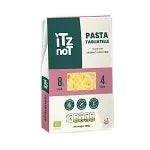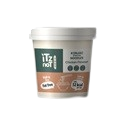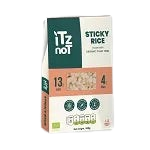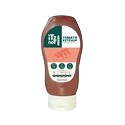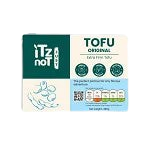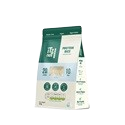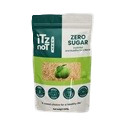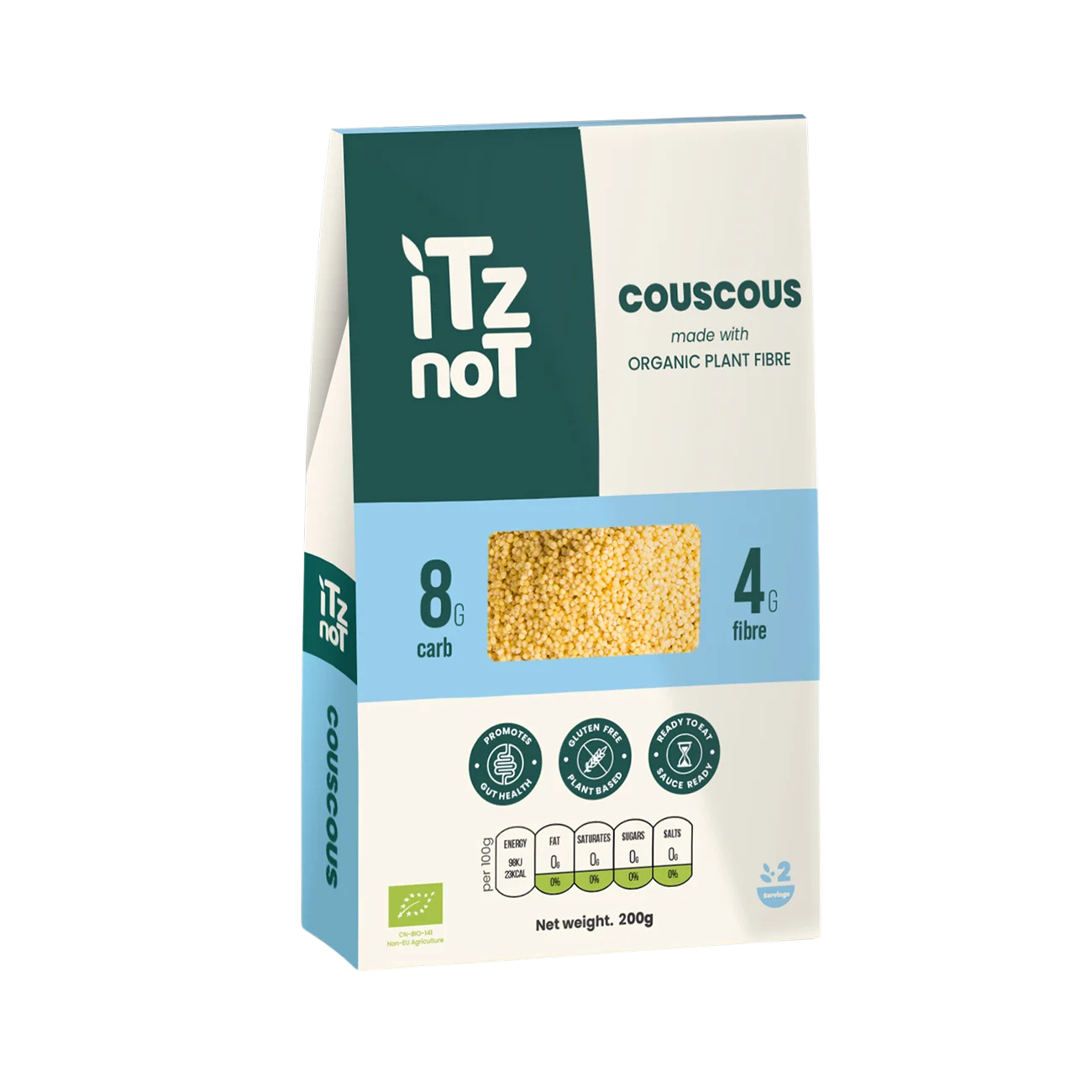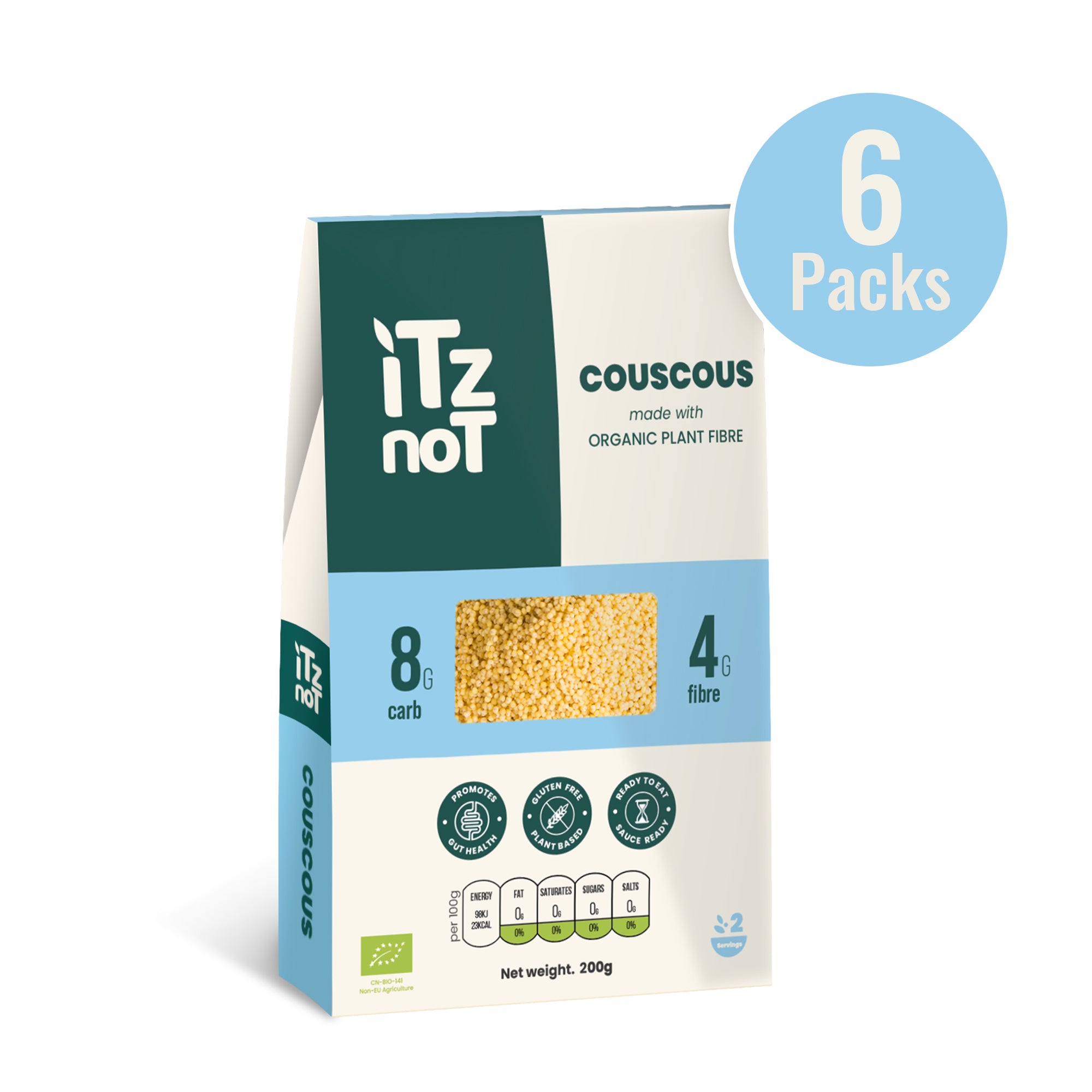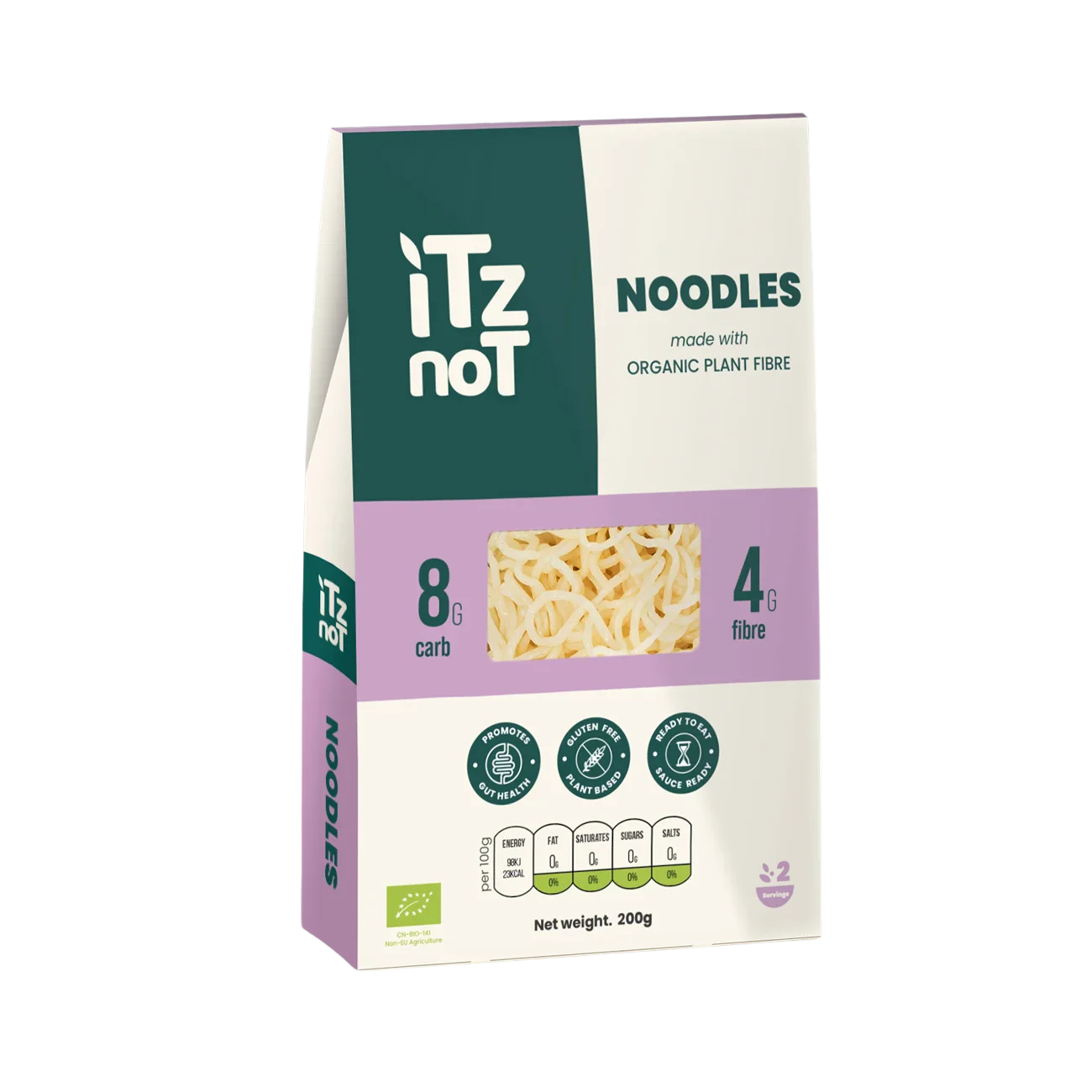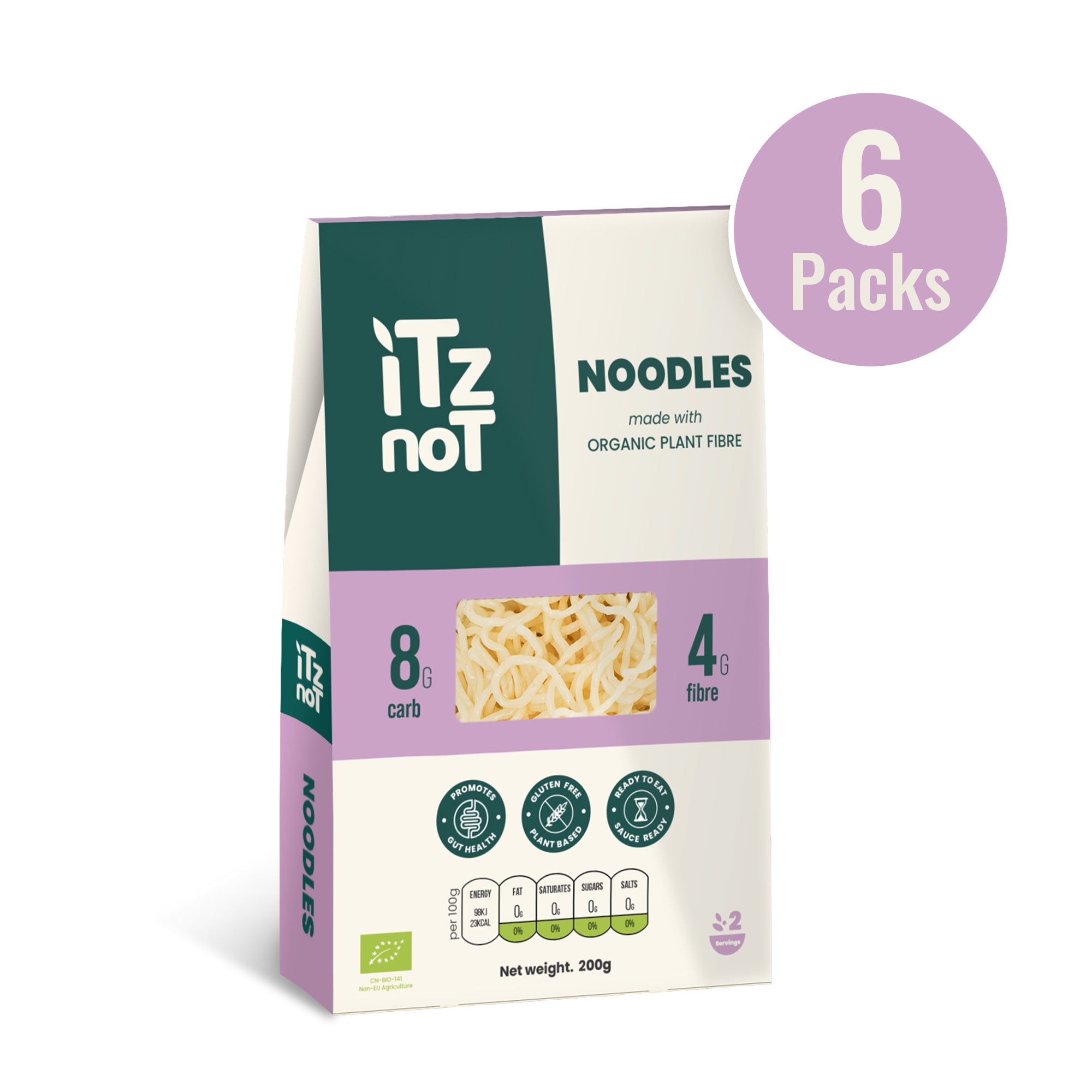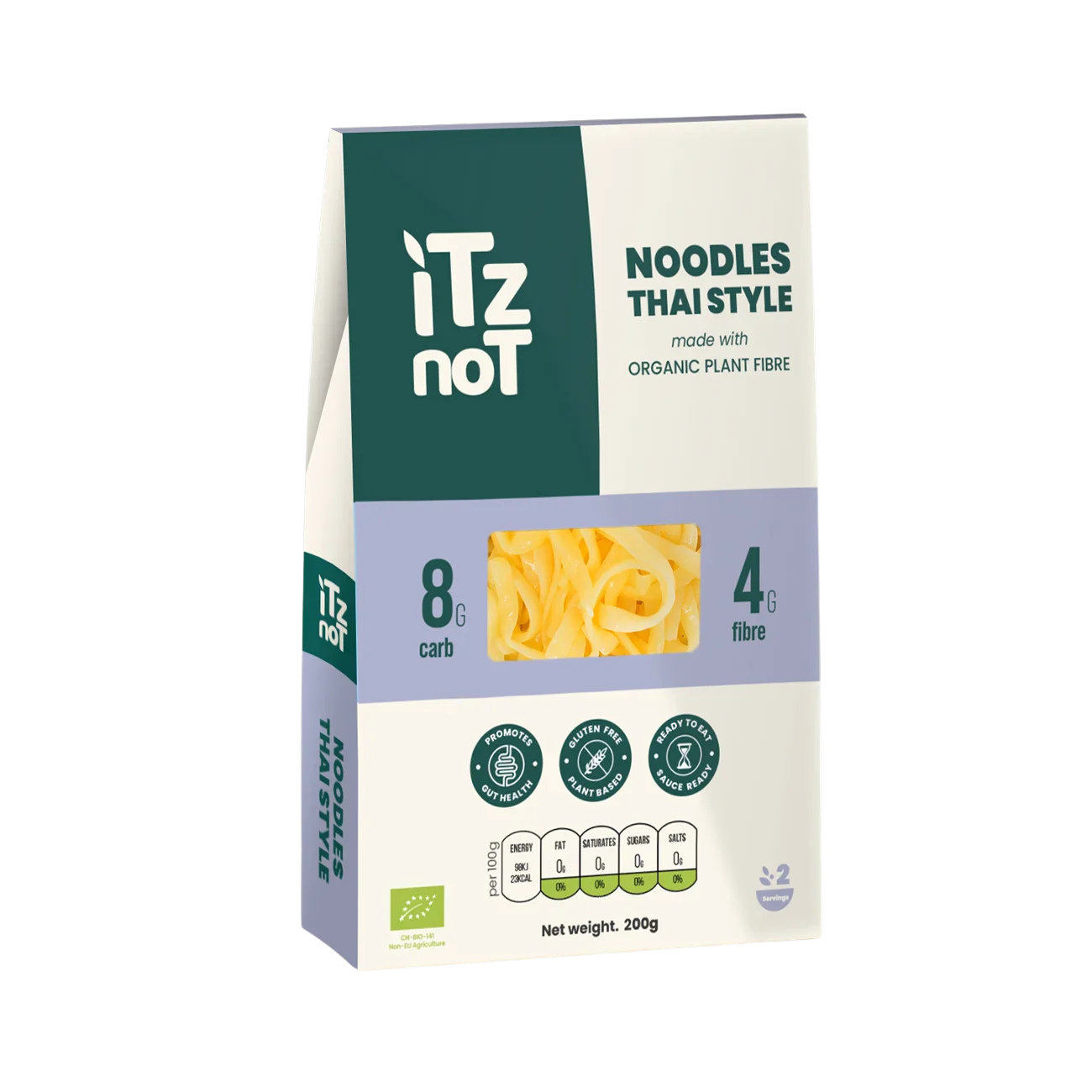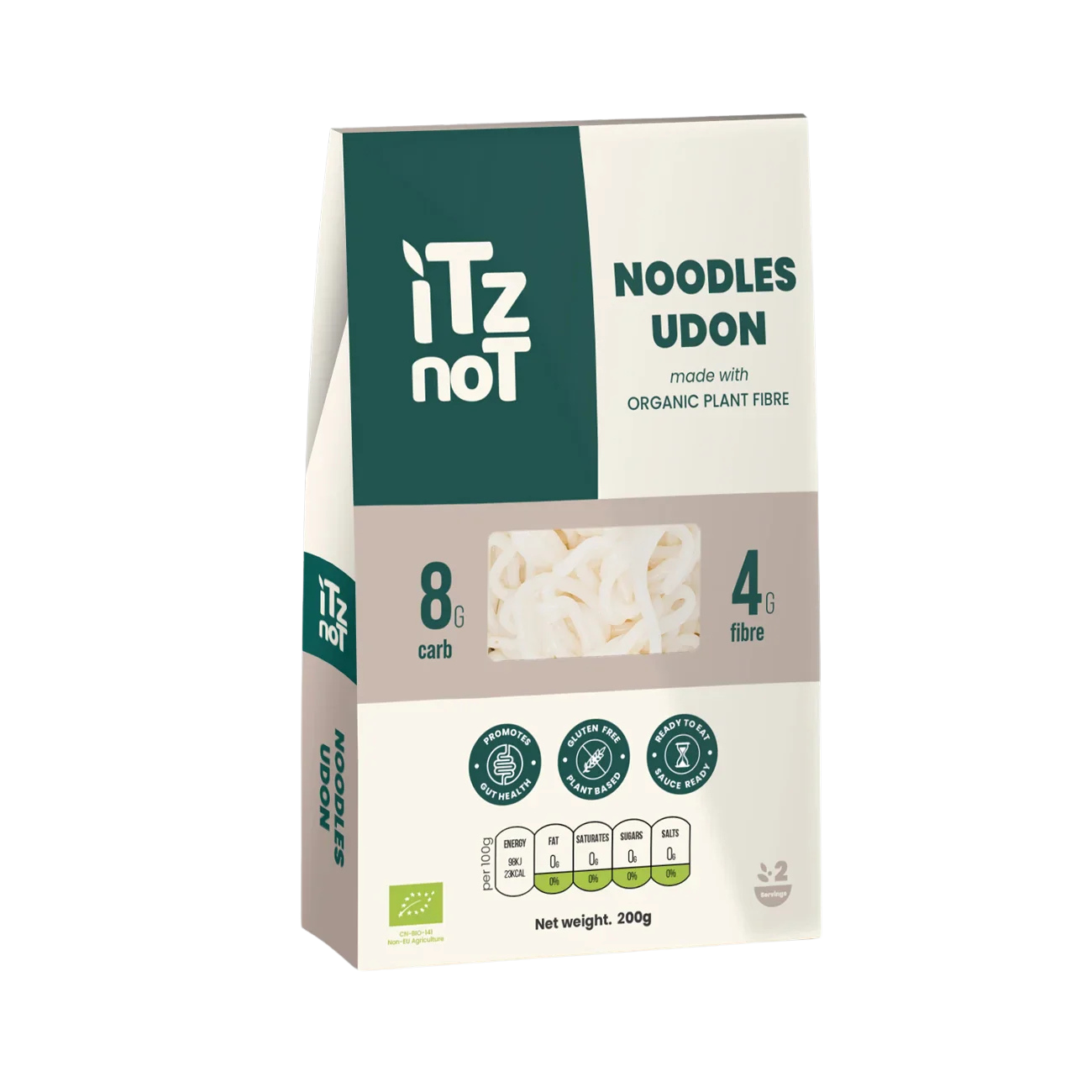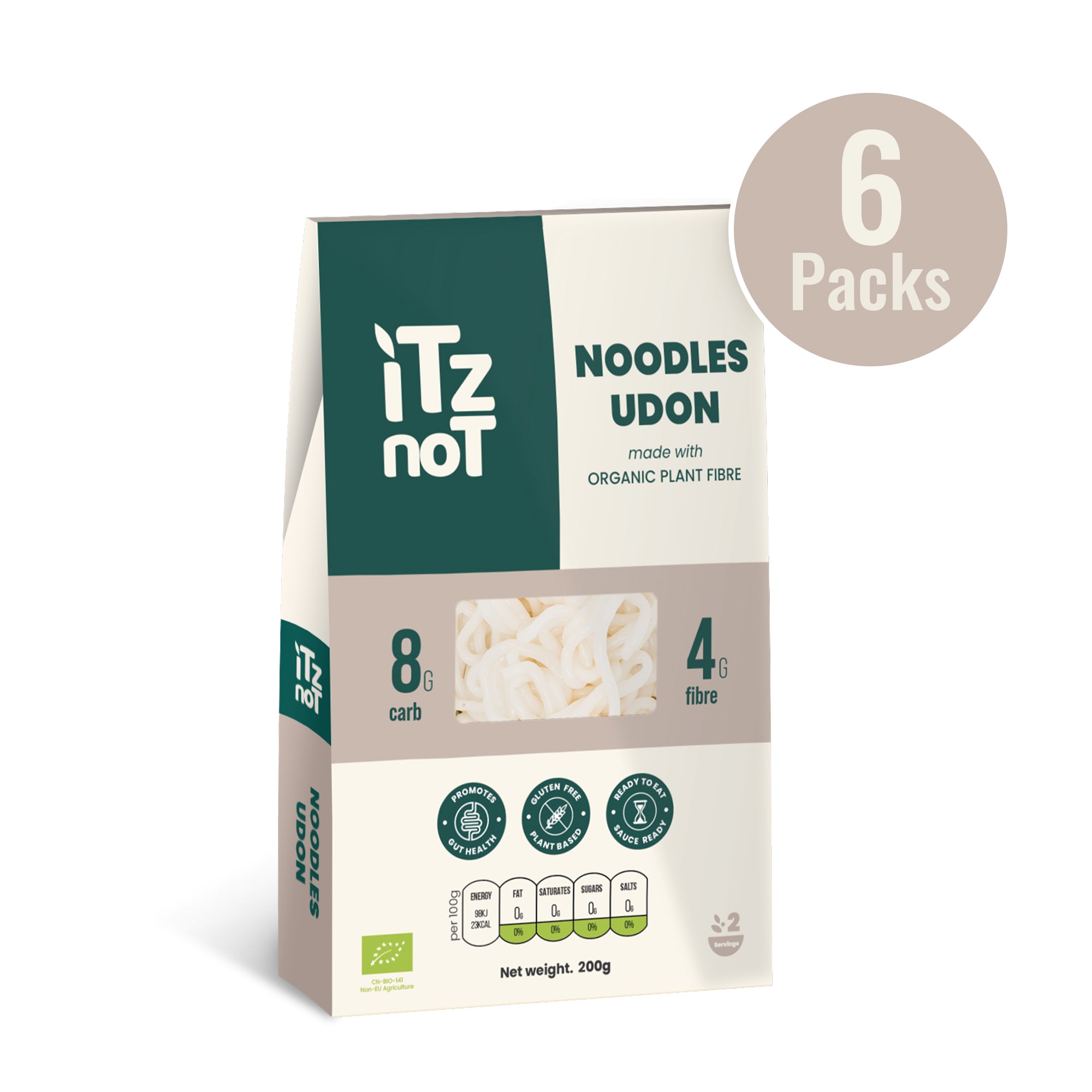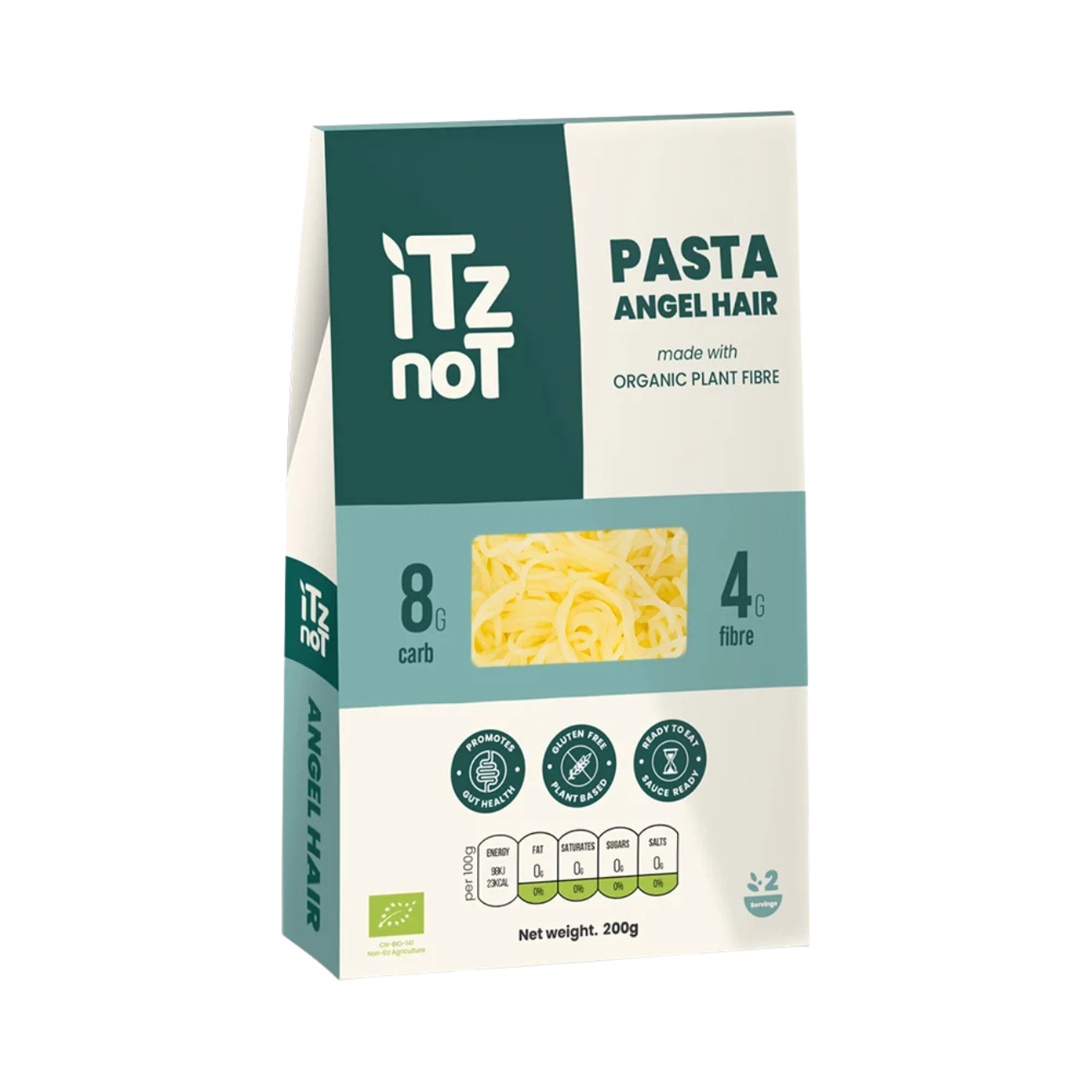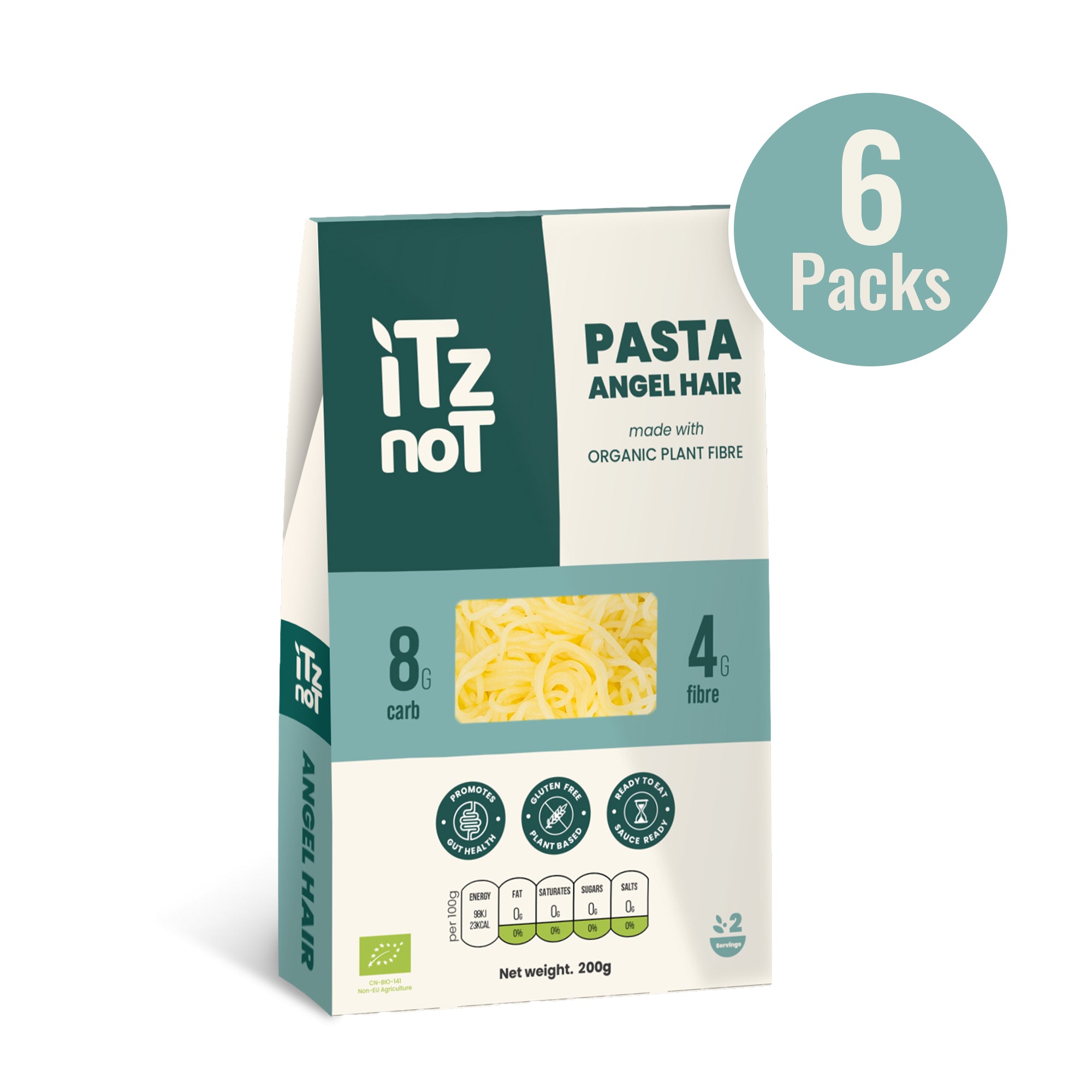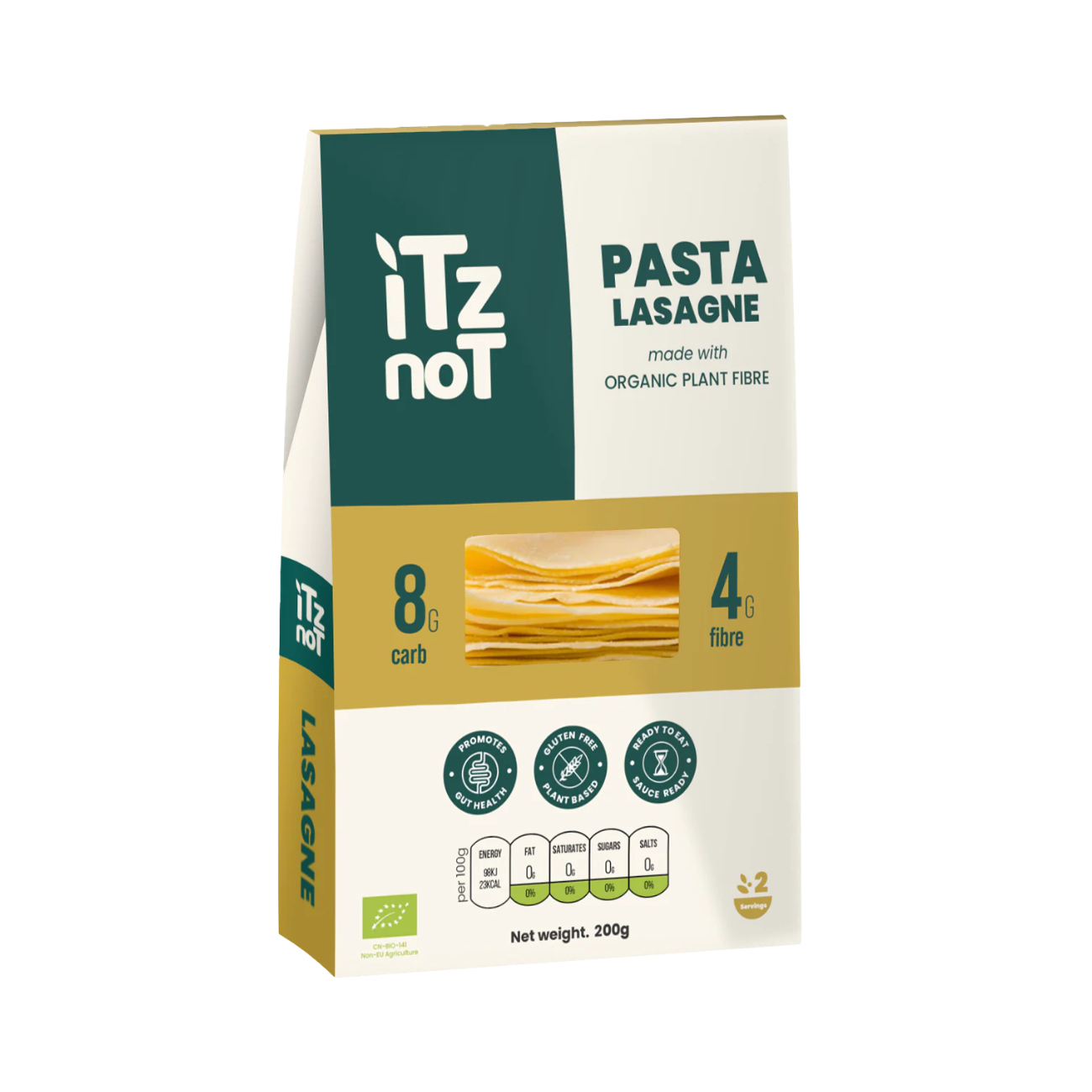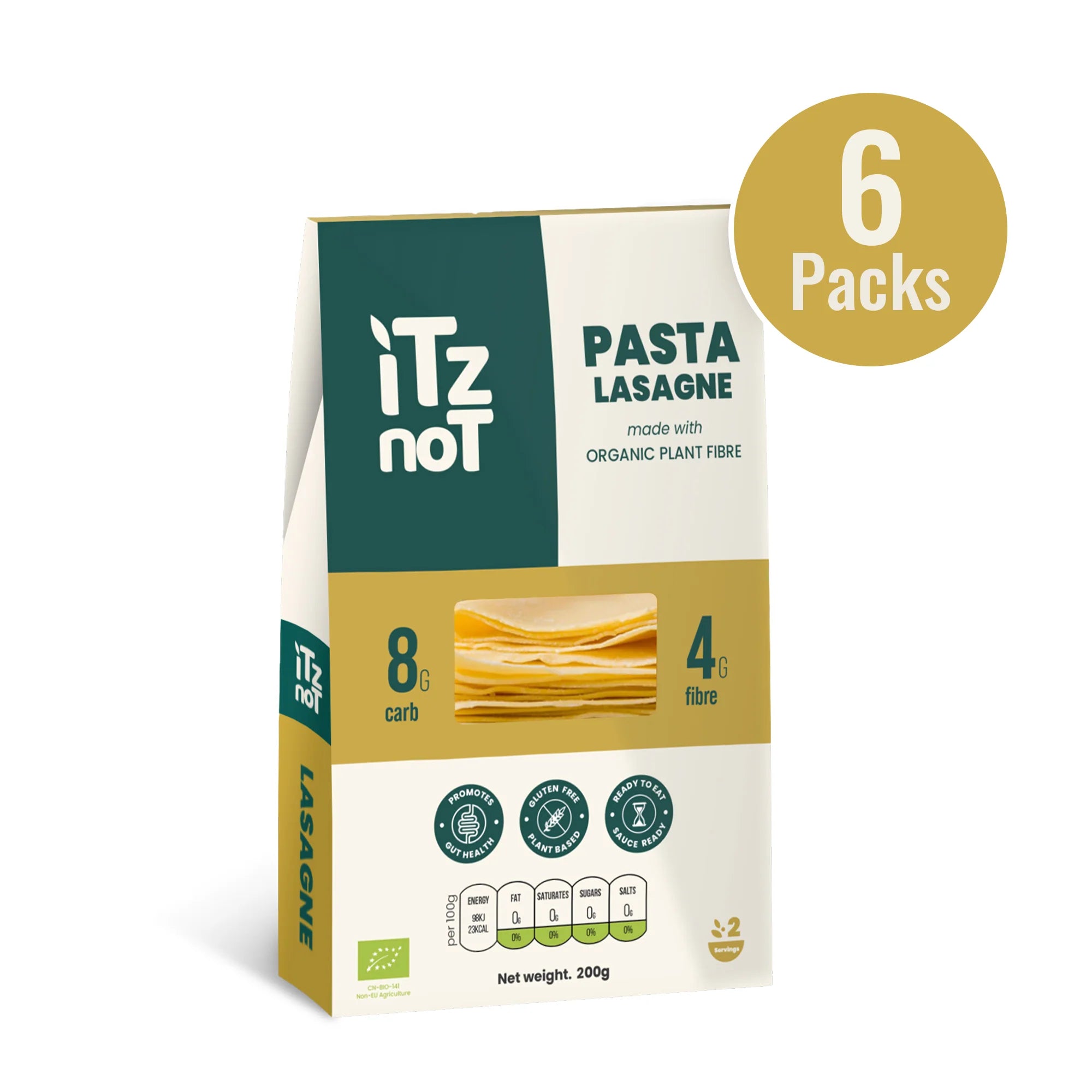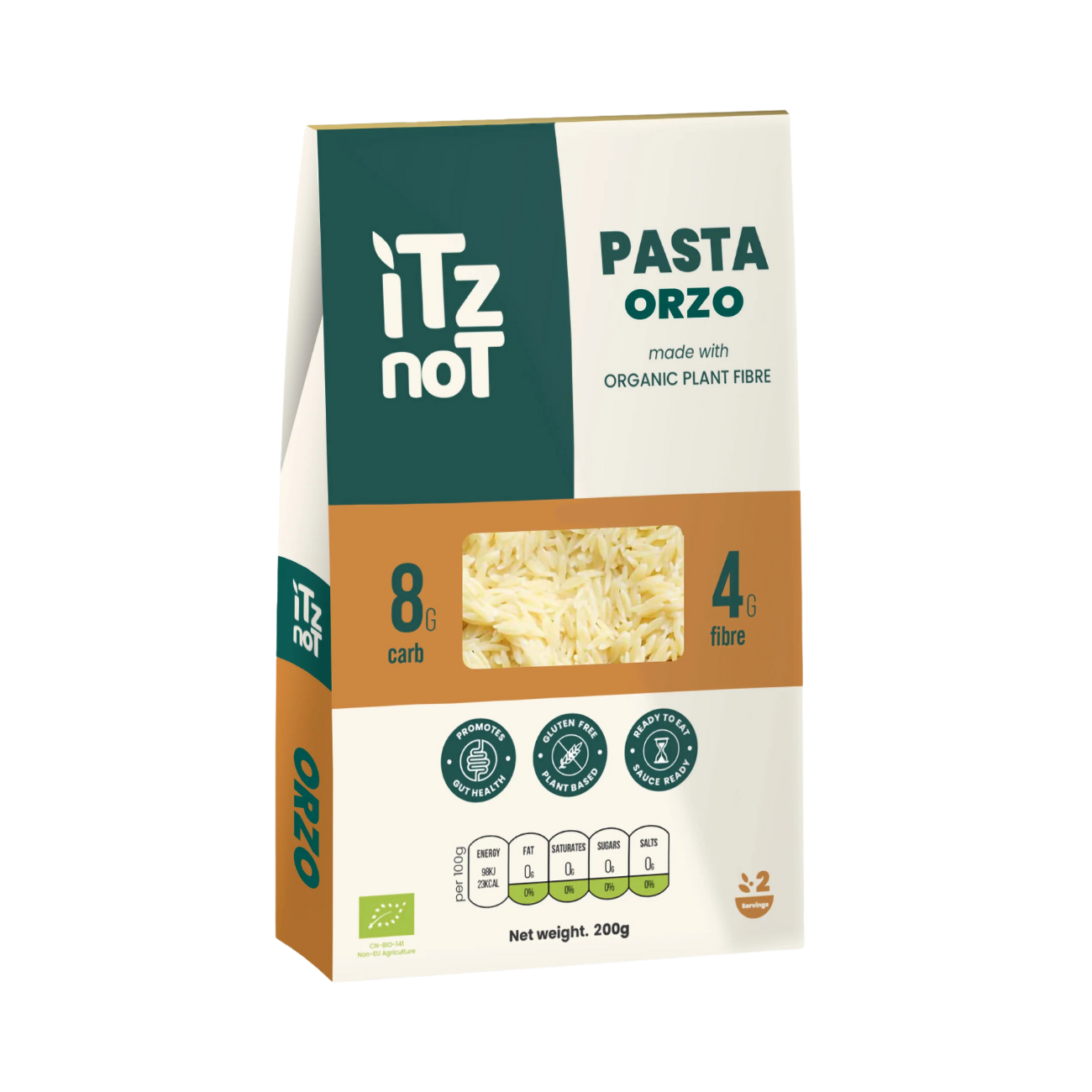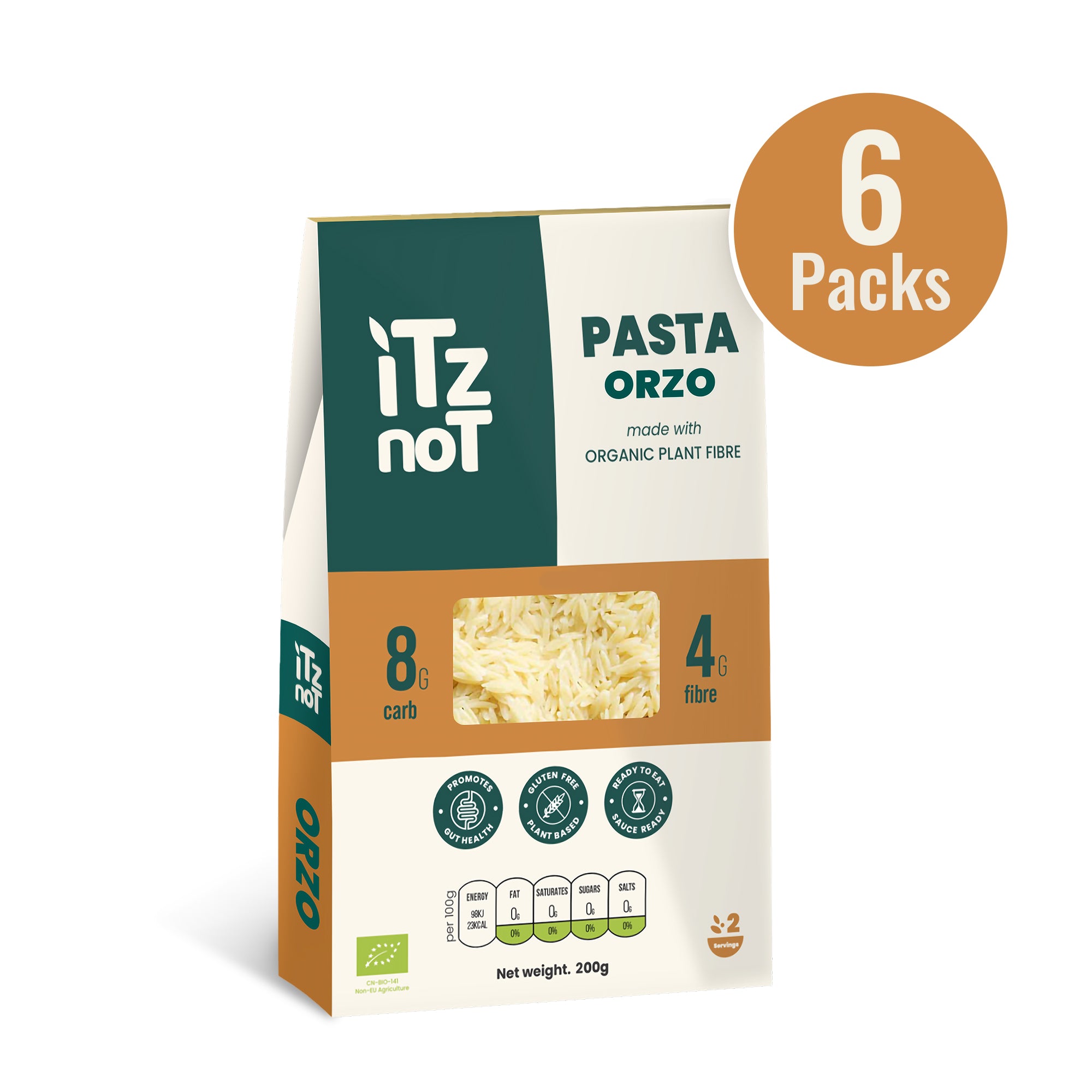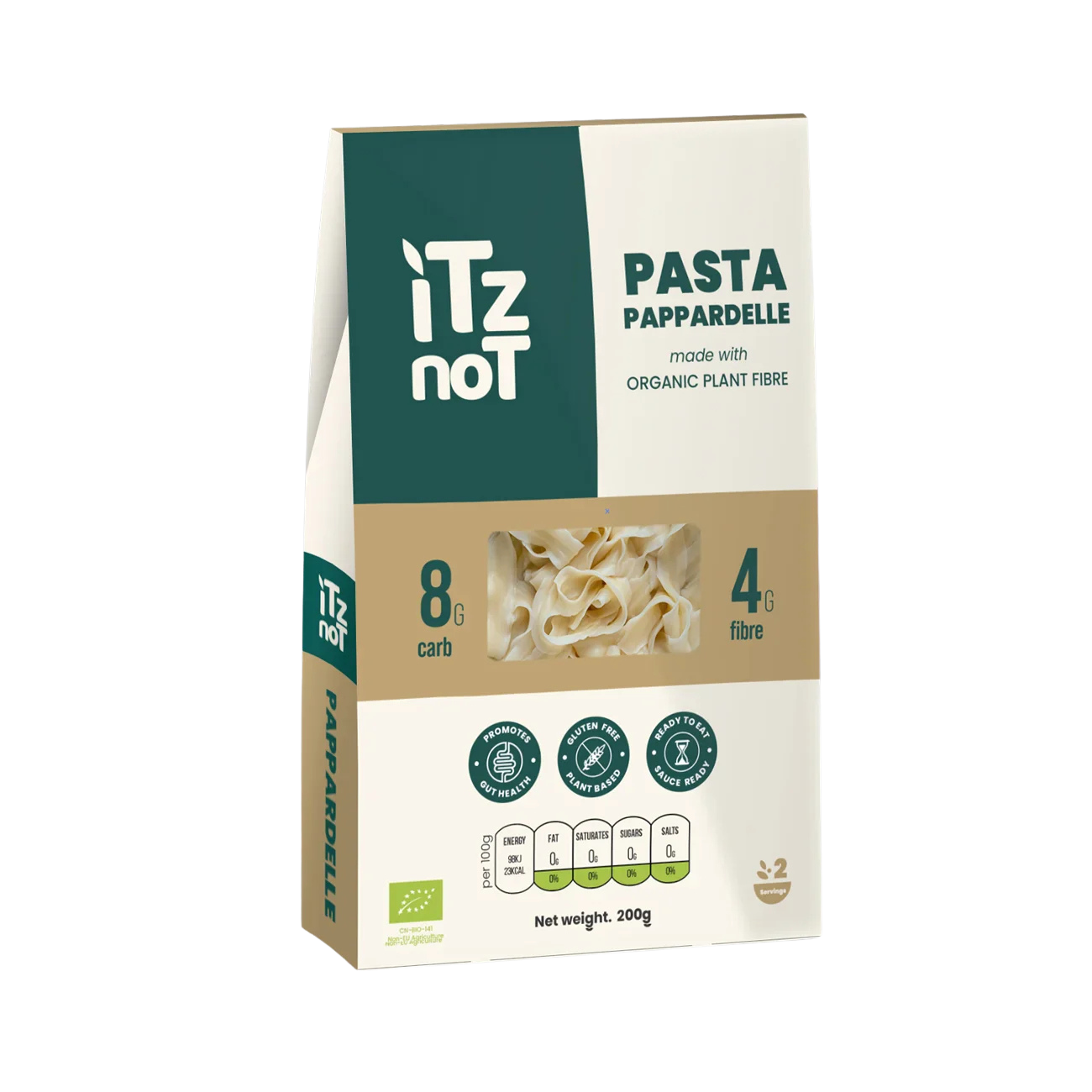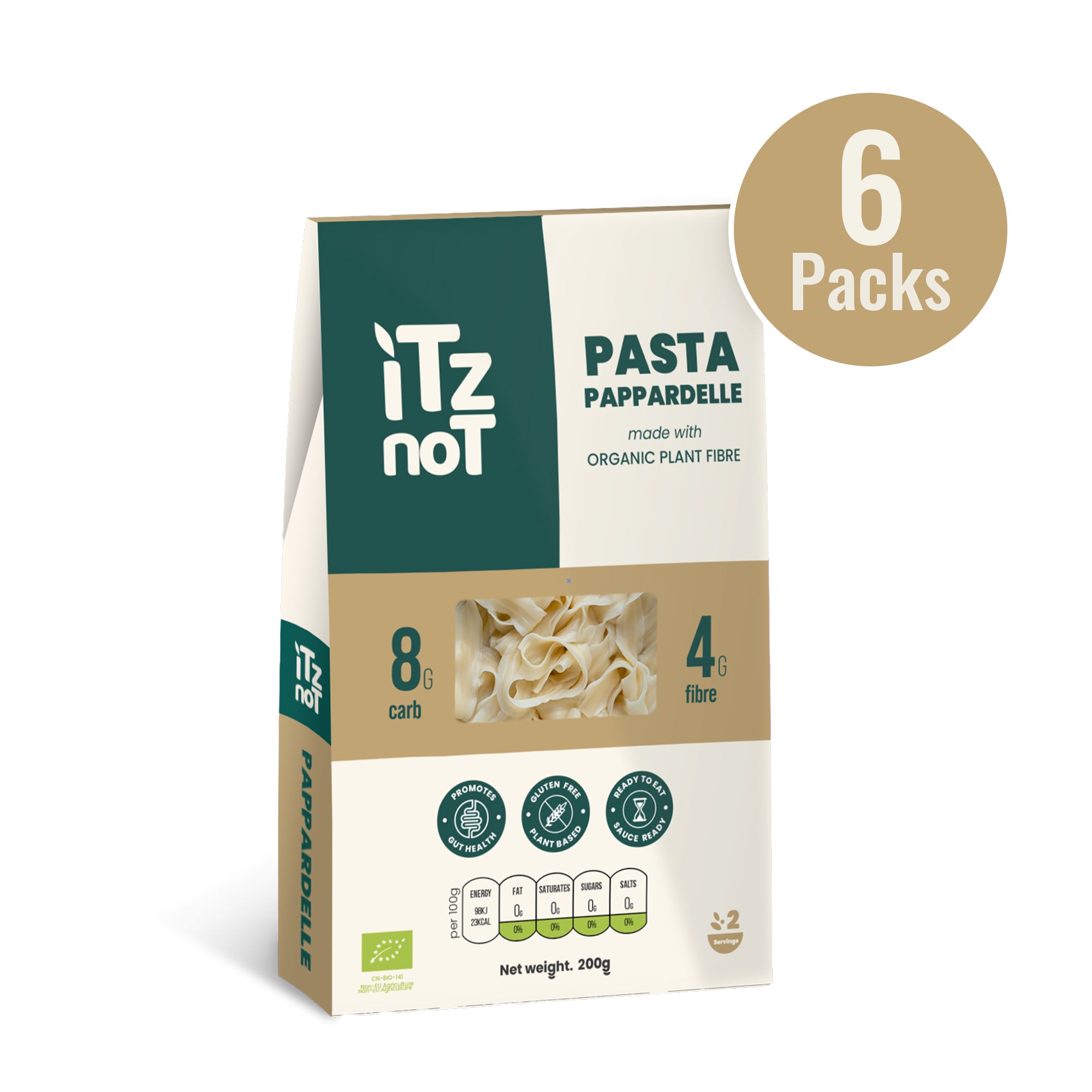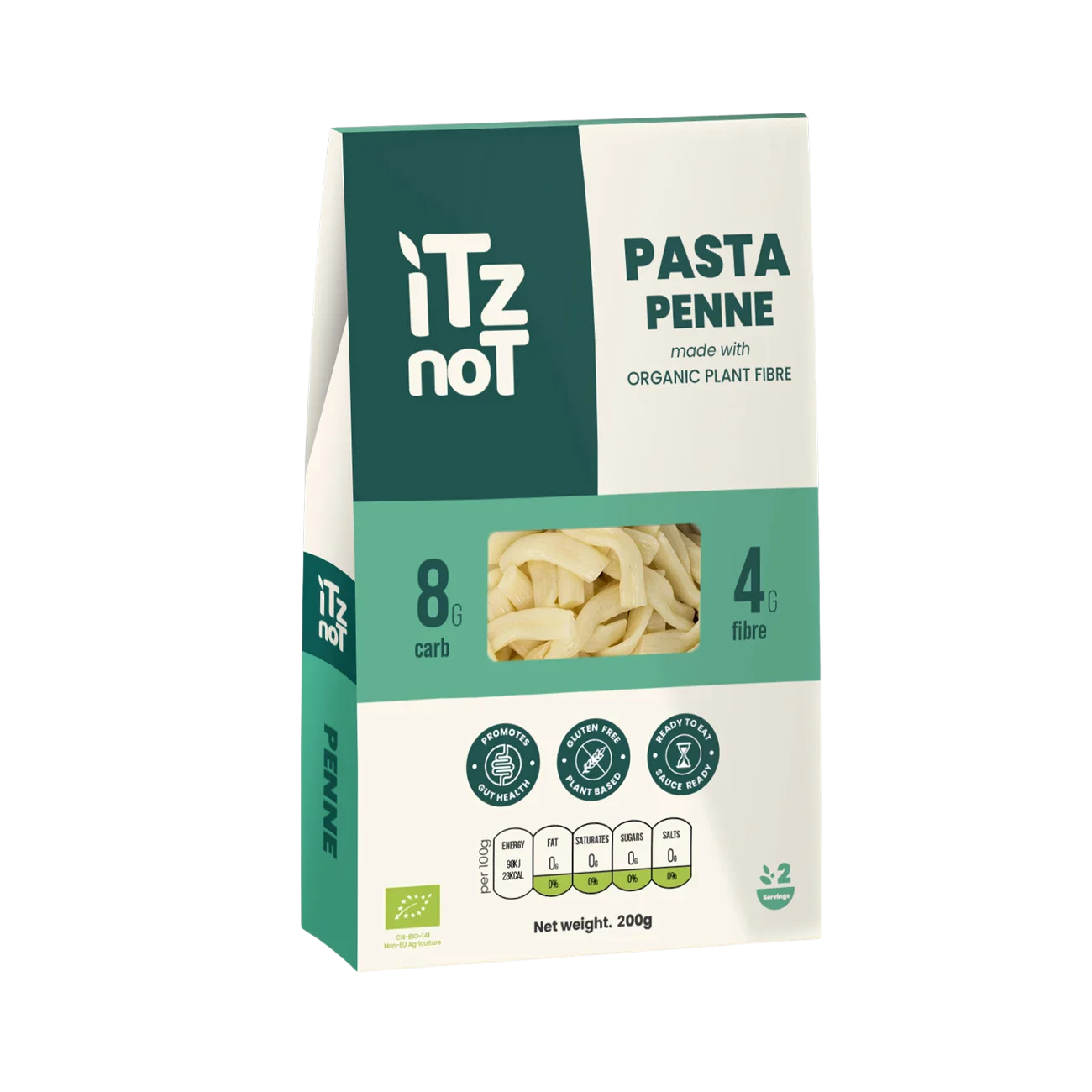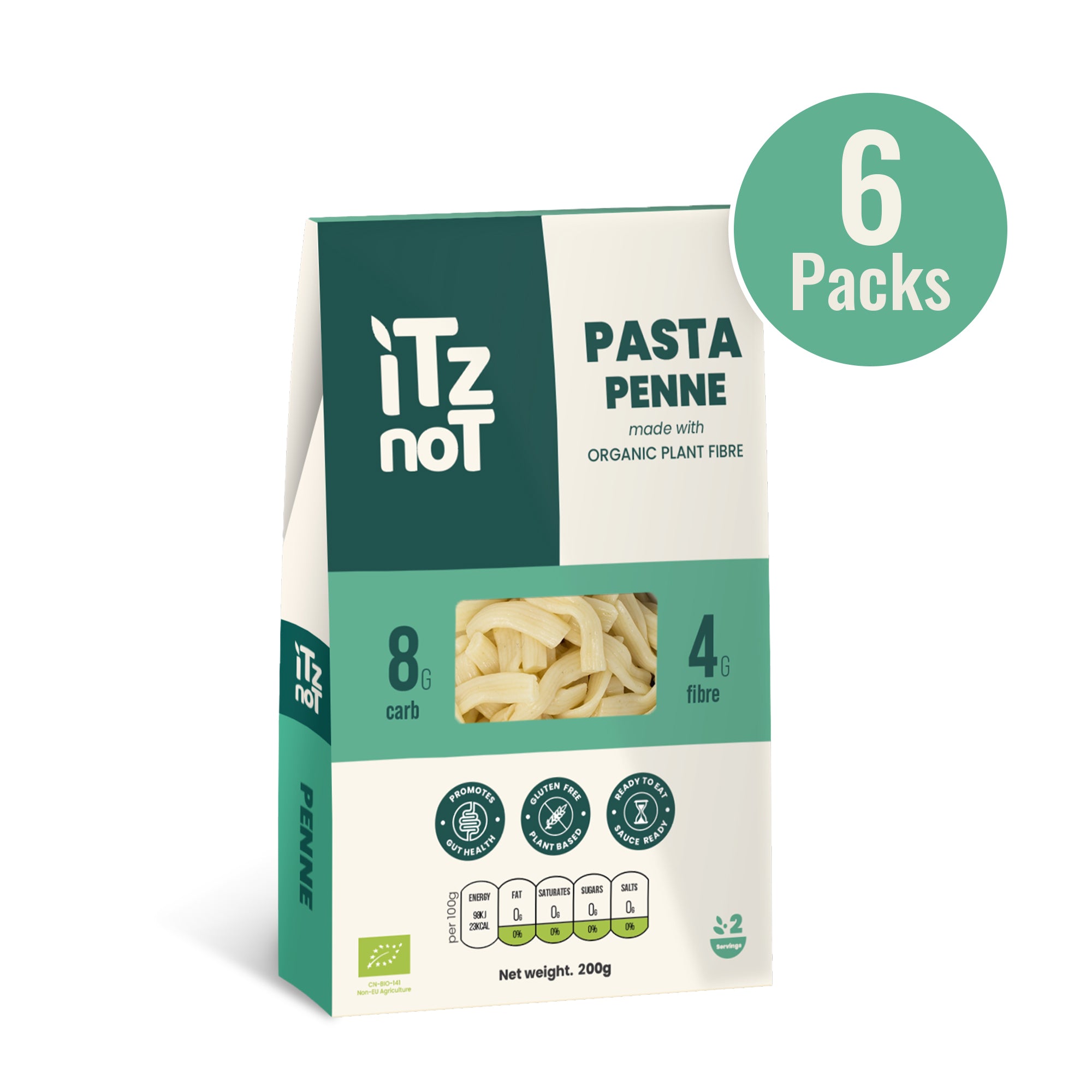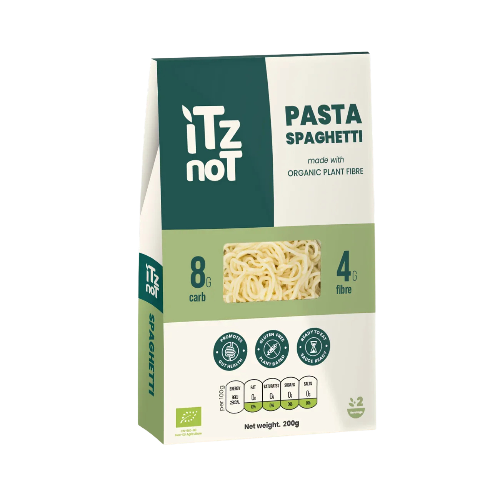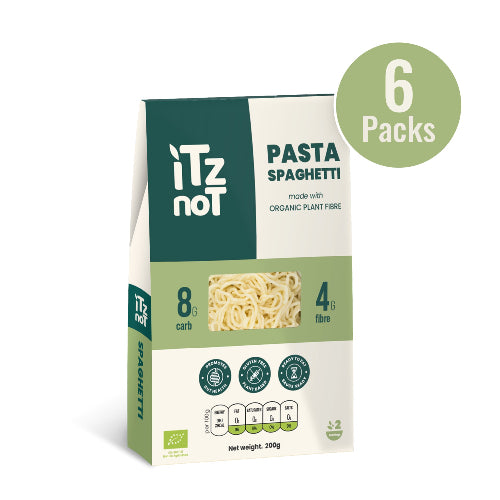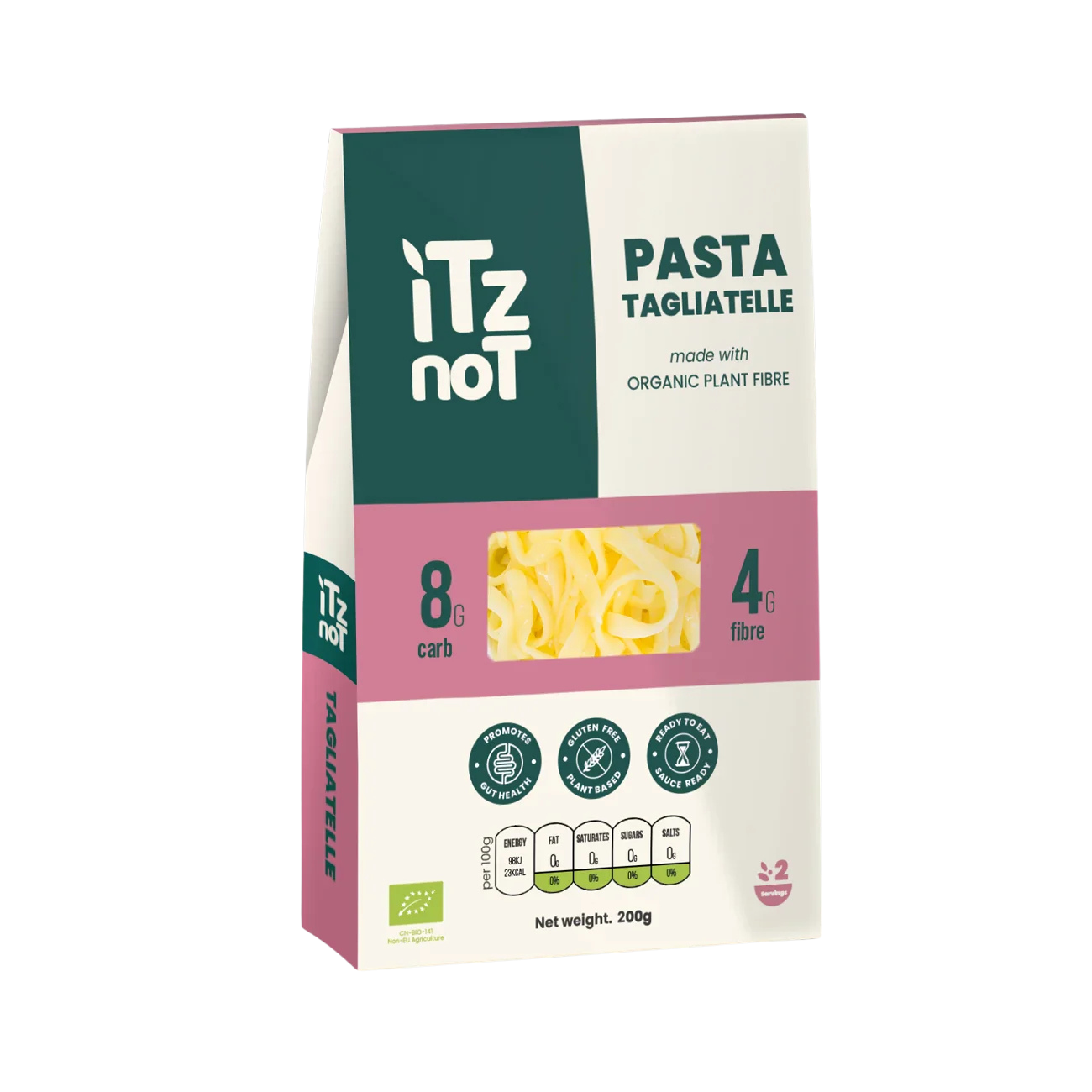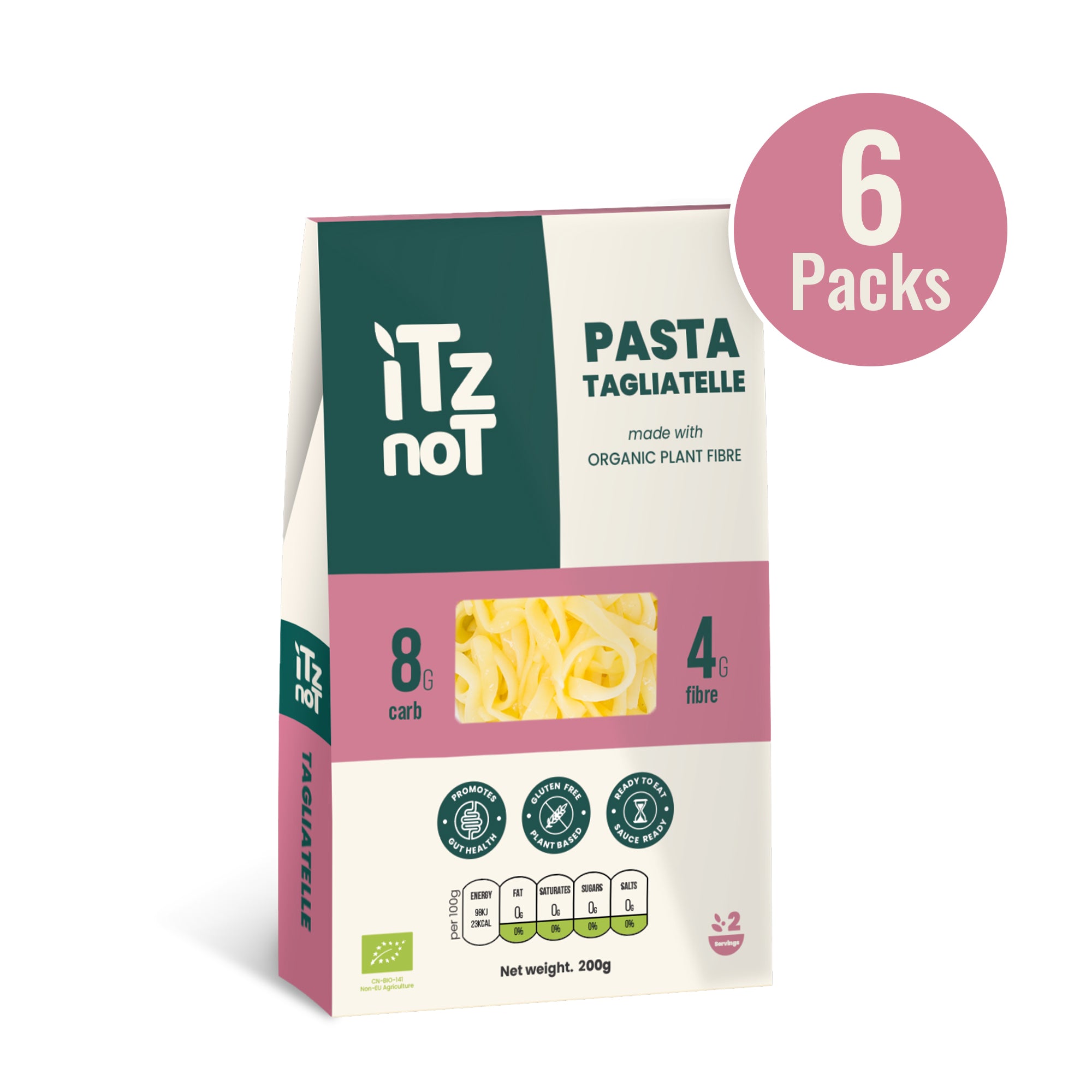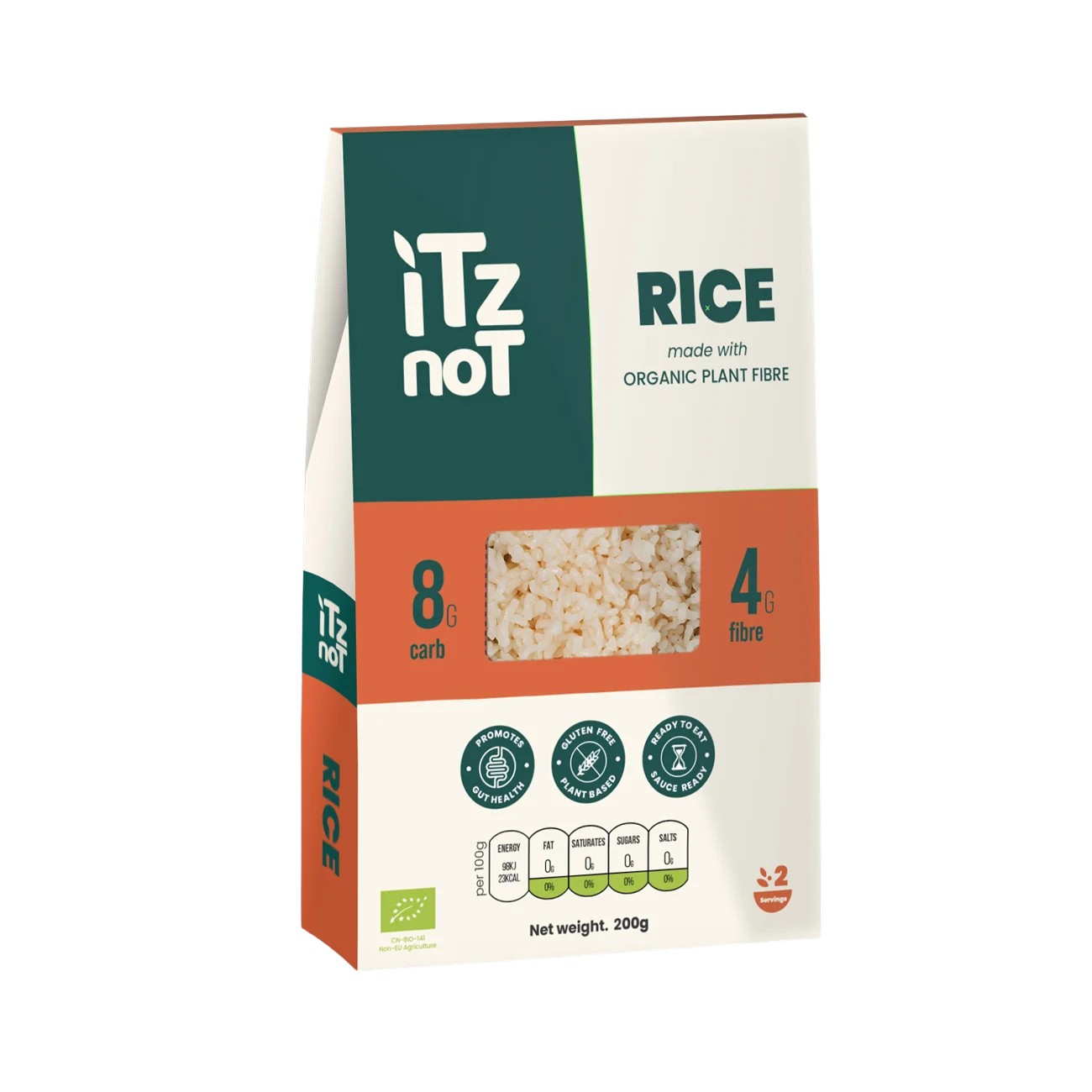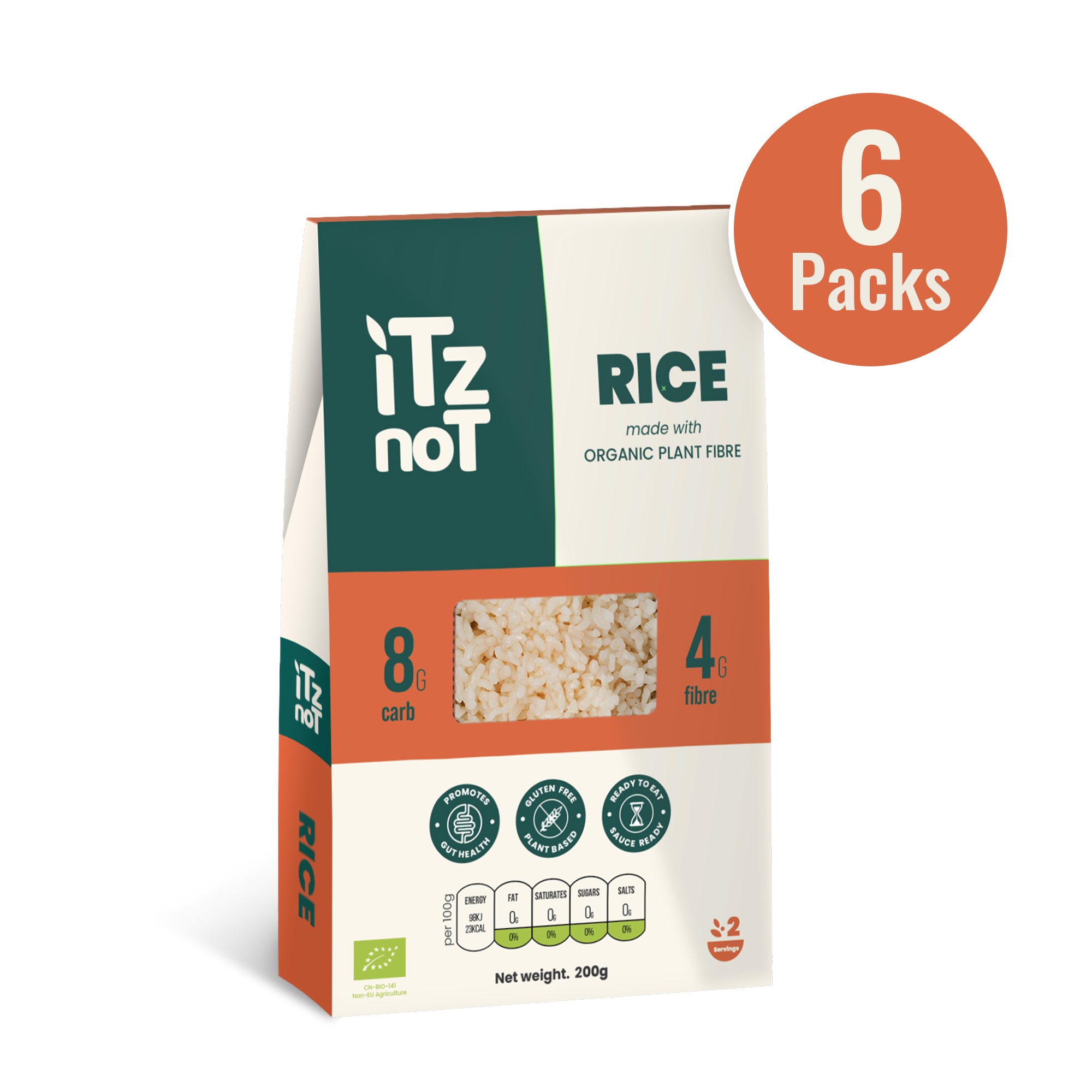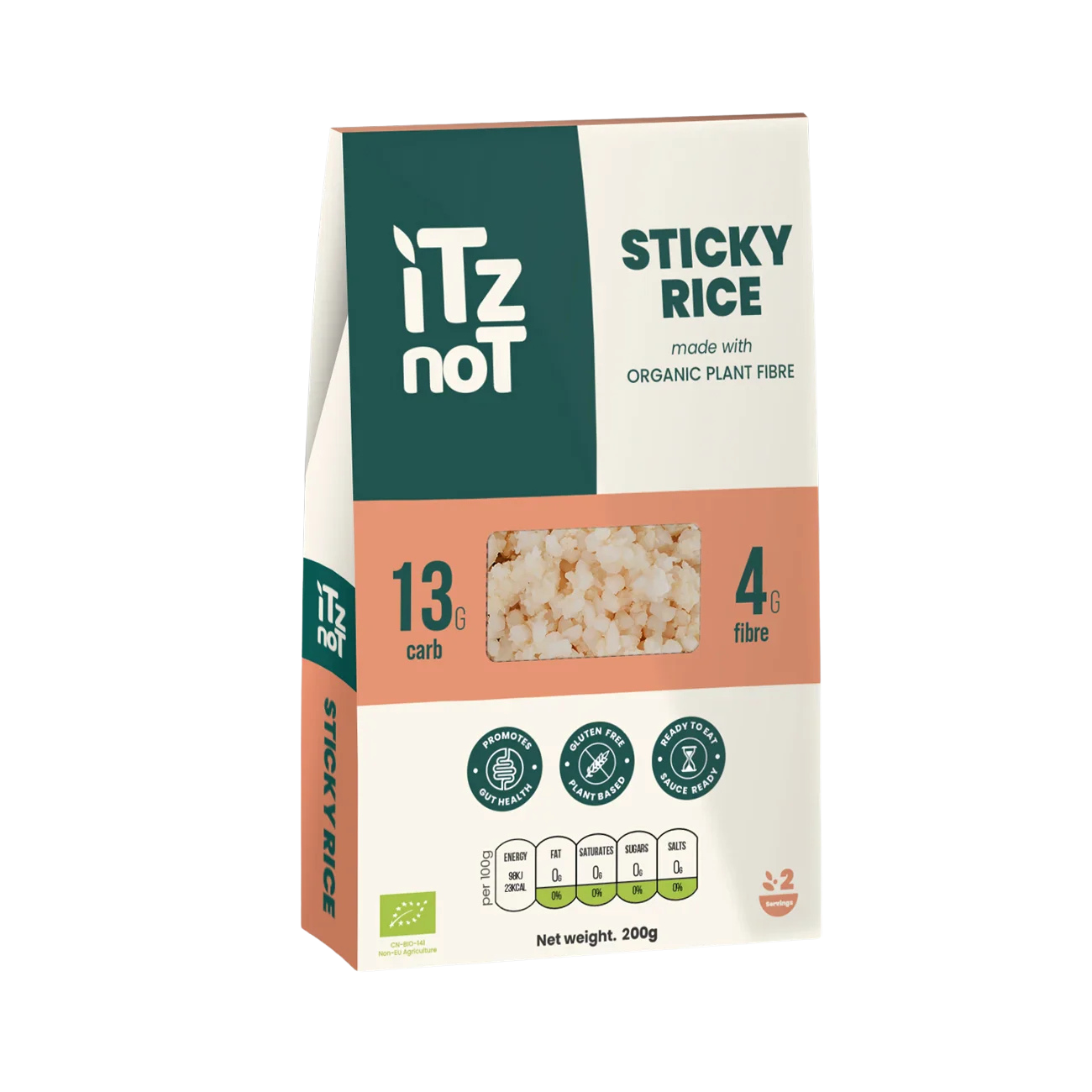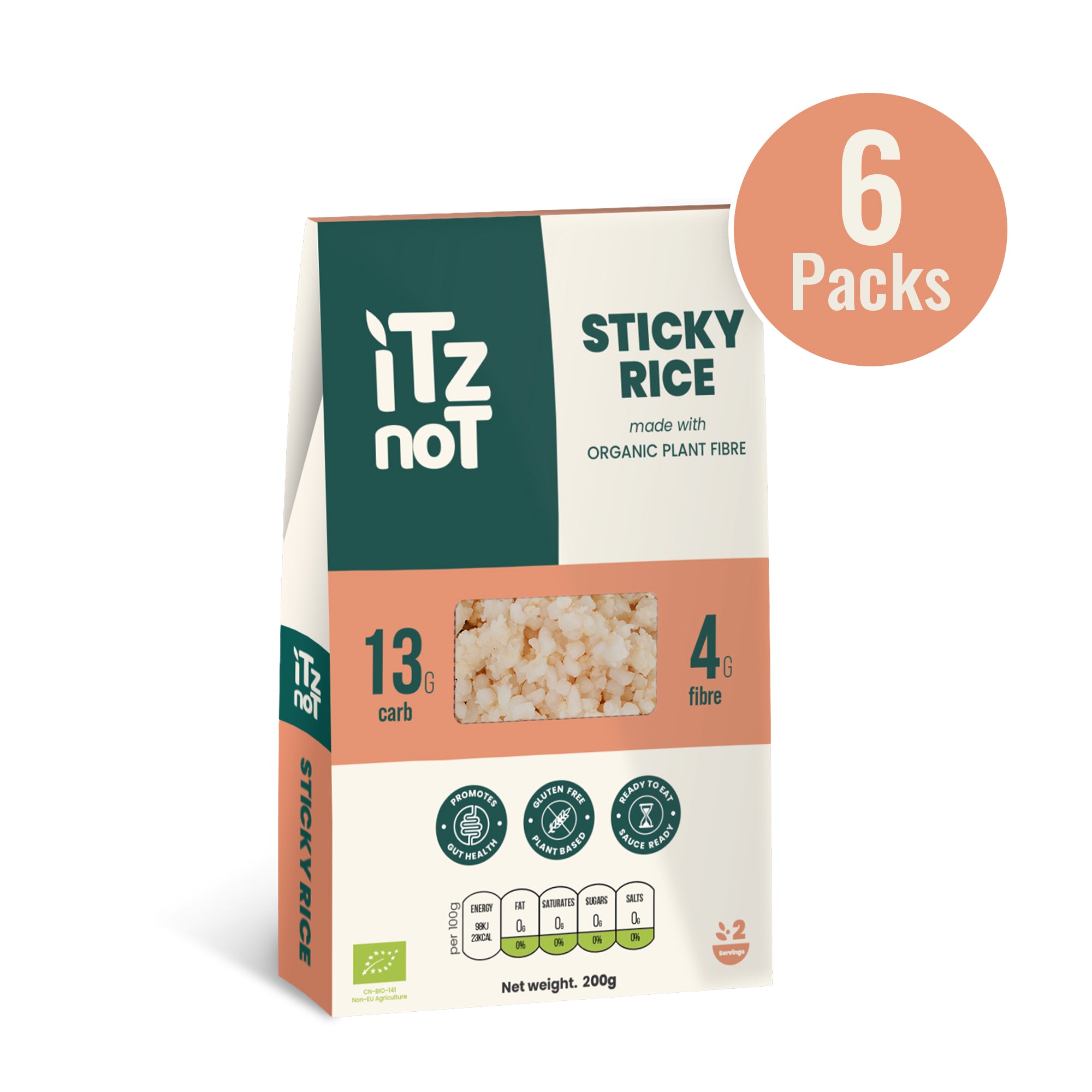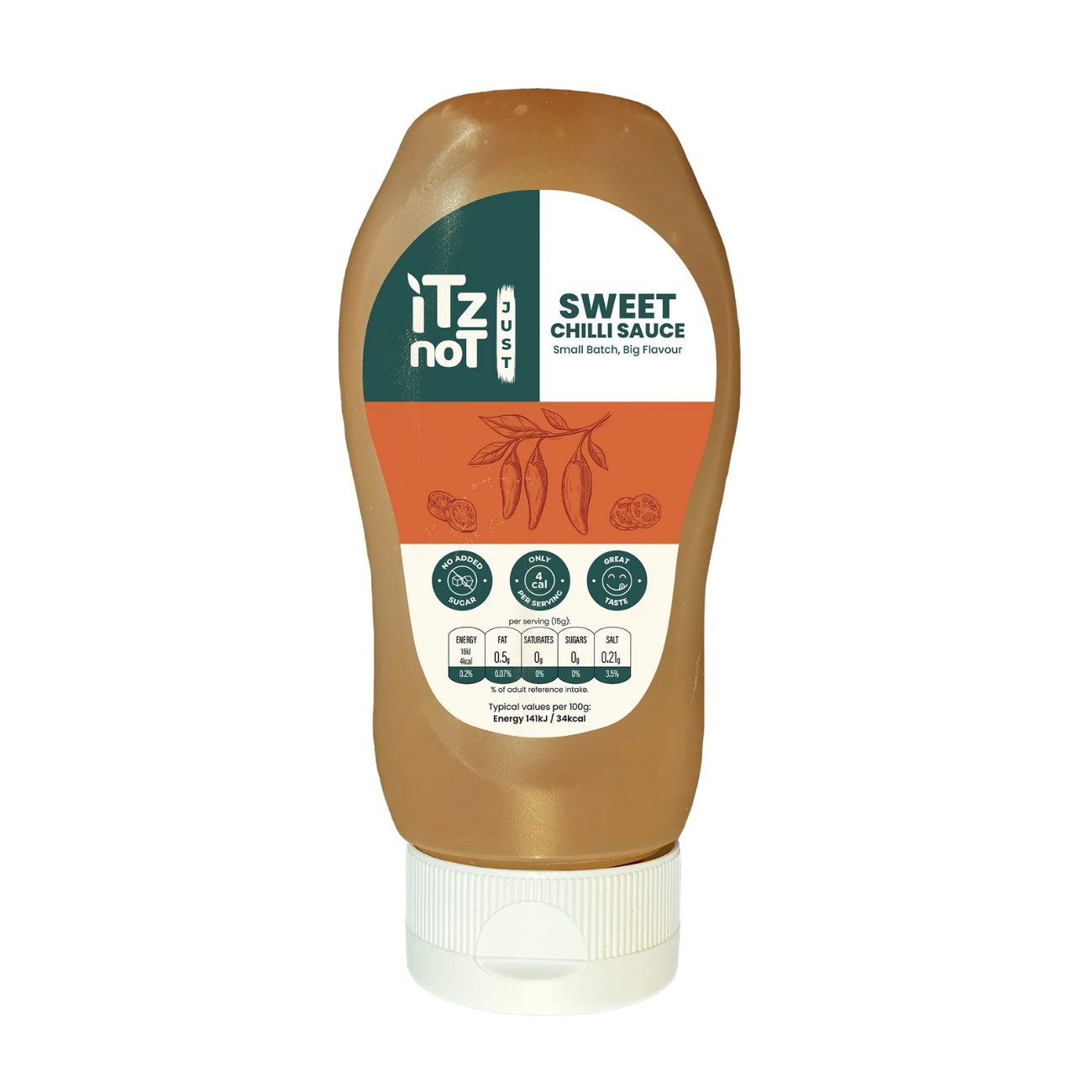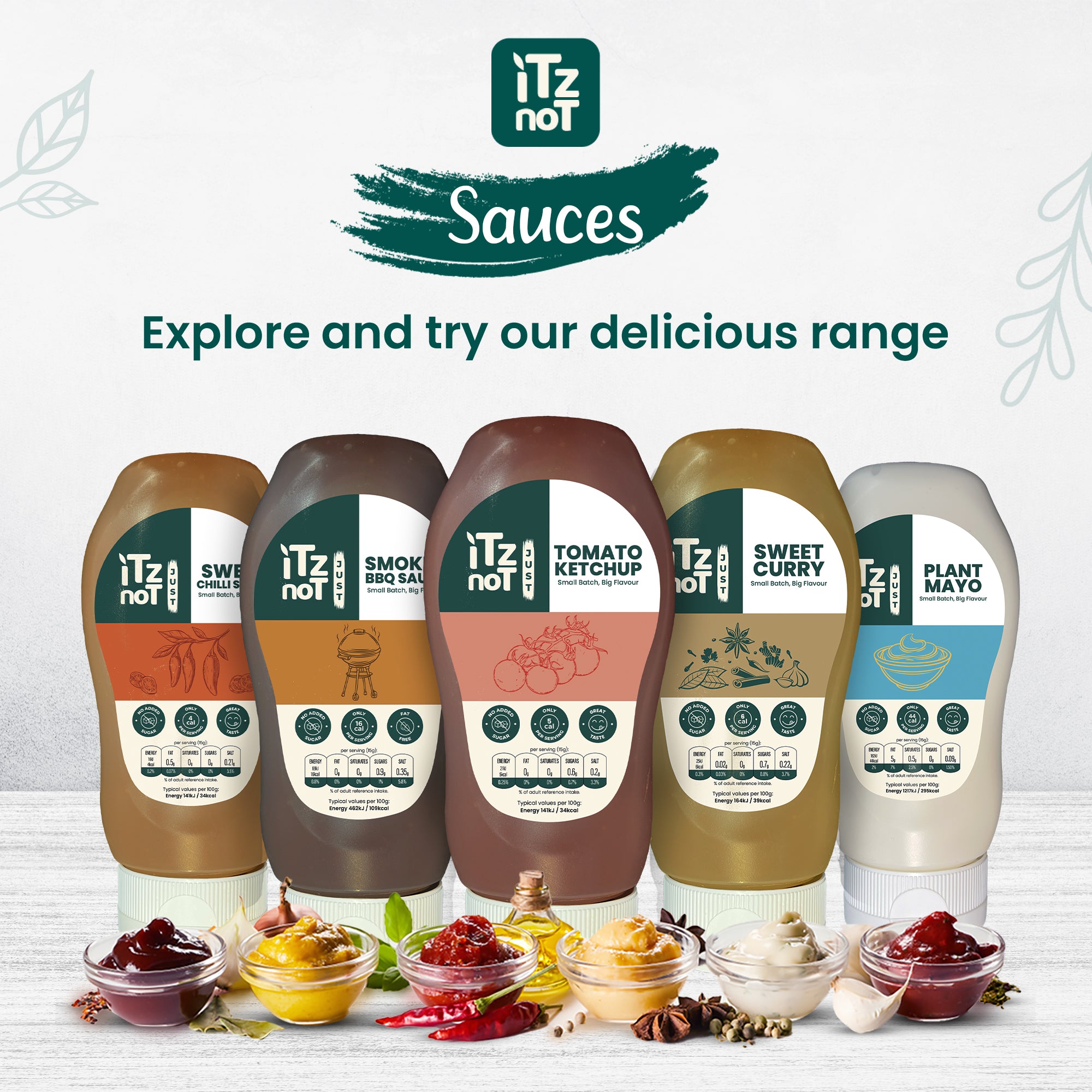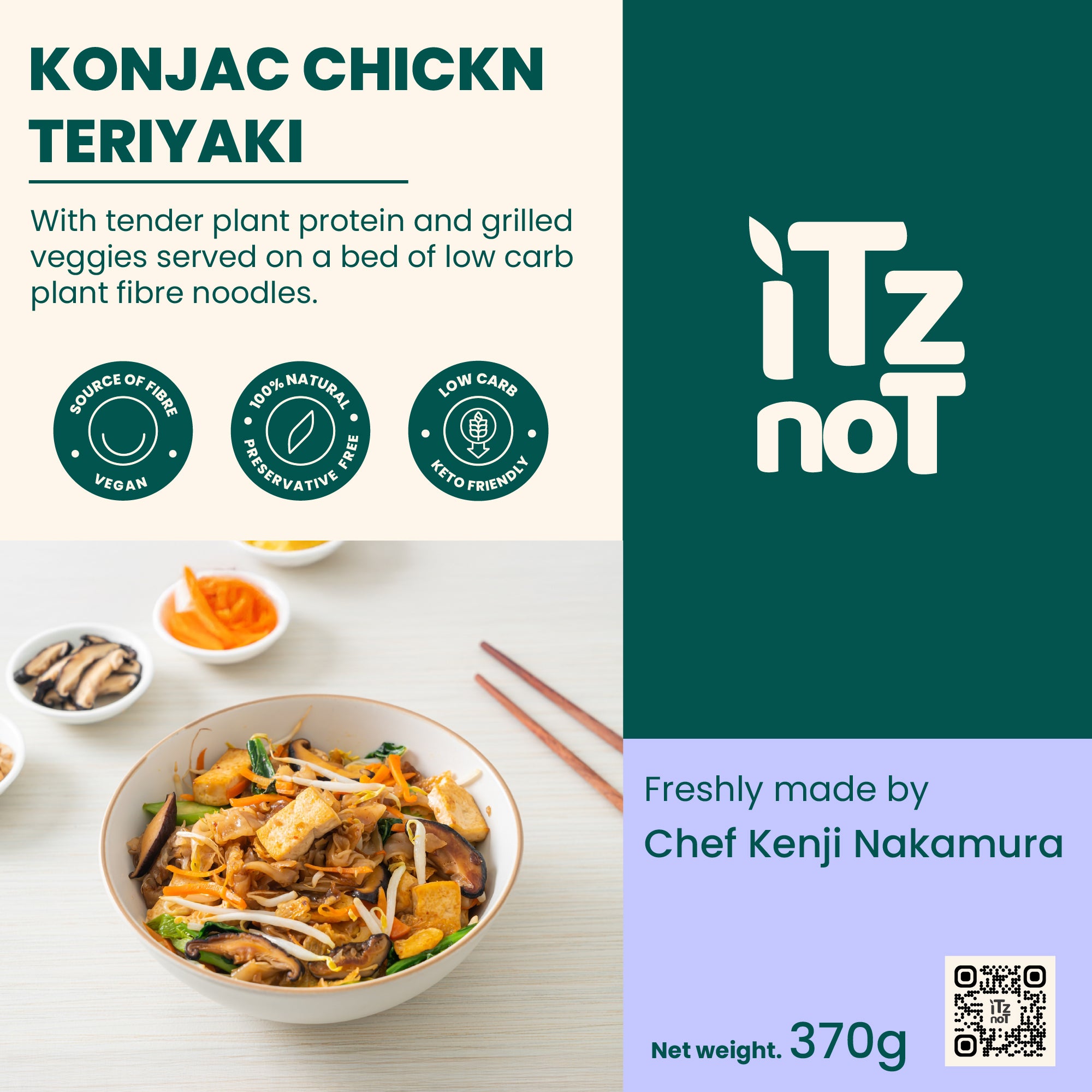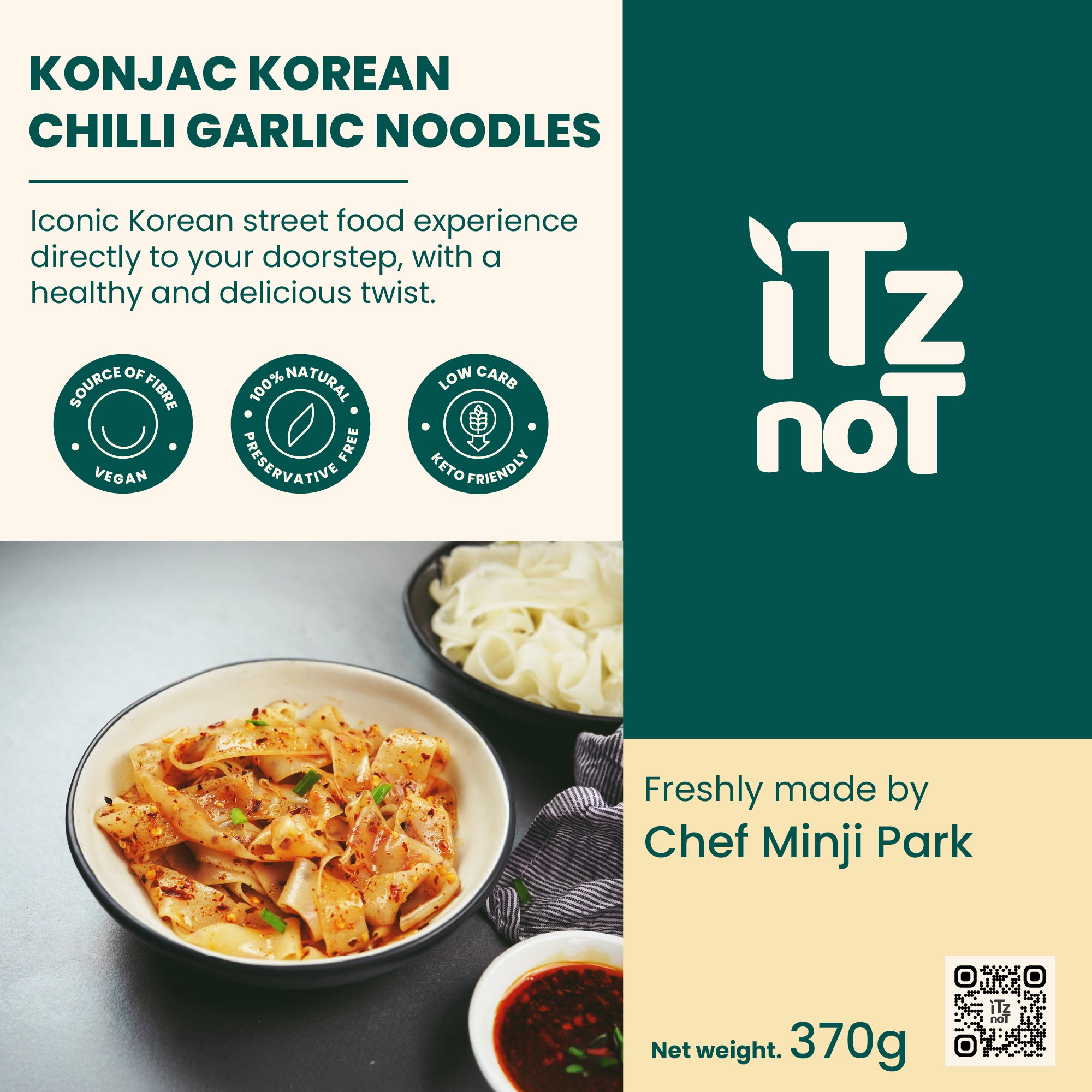
De-Mystifying Plant-Based Rhetoric: How to Approach Plant-Based Labeling at the Grocery Store

De-Mystifying Plant-Based Rhetoric: How to Approach Plant-Based Labeling at the Grocery Store
The meteoric rise of plant-based eating has altered grocery aisles, creating a dazzling array of products. But this abundance can be a lot to take in for consumers, many of whom struggle to understand what they're actually shopping for. Making sense of plant-based labels is essential to knowing whether you're getting the nutritional benefits you seek without unwanted additives.
Understanding the Terminology
Even the phrase "plant-based" can be vague. It usually means that a product is plant-based, but it doesn't mean that it's necessarily healthy or free from processed ingredients. In order to do so, read the specific labels and claims made on the packaging carefully.
- Vegan: This means the food does not contain animal products, dairy, eggs, honey, or gelatin.
- Vegetarian: This means avoiding animal flesh (meat, poultry, fish), but it may include dairy and eggs.
- Plant-Based: This term is broader and is sometimes used to refer to products that are mostly plant food but may have small amounts of animal derivatives or highly processed products.
Ingredient Lists: Your Best Buddy
The ingredient list is your best friend when it comes to decoding what's in a plant-based product. Ingredients are listed in decreasing weight order, so the first couple of ingredients will make up the most significant portion of the product. 1
- Seek Whole Foods: Choose ingredients that are whole foods, such as vegetables, fruits, grains, legumes, nuts, and seeds.
- Watch Out for Processed Ingredients: Avoid products with long lists of fake ingredients, additives, and preservatives, as well as high amounts of added sugars or unhealthy fats.
- Allergen Check: If you have allergies or allergies, closely read the ingredient list for common allergens like soy, gluten, nuts, and seeds.
Sedentary Work vs Physical Work: Energetic Consumption
The nutrient facts panel may scientifically show the nutrient info of a product.
- Protein Content: Not all plant protein sources are created equal. Look for high protein content, especially if you're using it as a replacement for animal protein.
- High in Fiber: Plant-based foods tend to be naturally high in fiber, which is essential for digestive health. Choose products that are high in fiber.
- Sodium and Sugar: Be mindful of sodium and added sugar, as many processed plant-based products can contain them in large amounts.
- Vitamins and Minerals: Certain plant-based items are enriched with vitamins and minerals (e.g., vitamin B12, iron, and calcium). Read the label to make sure you're getting the vitamins you need.
Real vs. Fake Ingredients
- Organic: To help ensure that our food isn't contaminated with toxic agricultural chemicals, look for organic labels. And although organic doesn't always mean healthier, it does lower exposure to nasty chemicals.
- Artificial Ingredients: Avoid artificial colors, flavours, and preservatives. In some sporadic cases, they may cause adverse reactions in sensitive people.
Claims and Certifications
Seek certifications from trusted entities, like the Certified Vegan symbol, to verify that the product aligns with particular criteria.
With practice, it becomes easy to read the labels in the grocery store and navigate the terms to purchase products that are suitable for your lifestyle.




